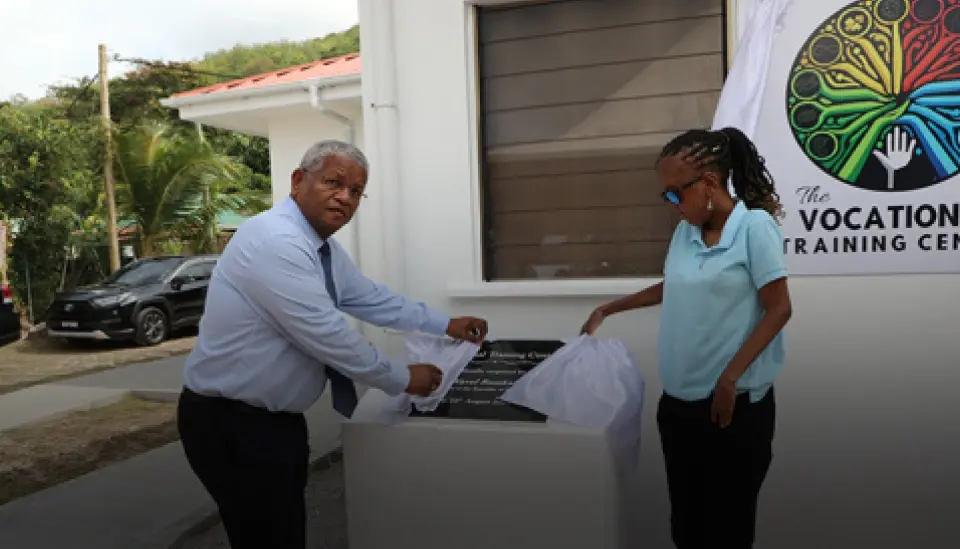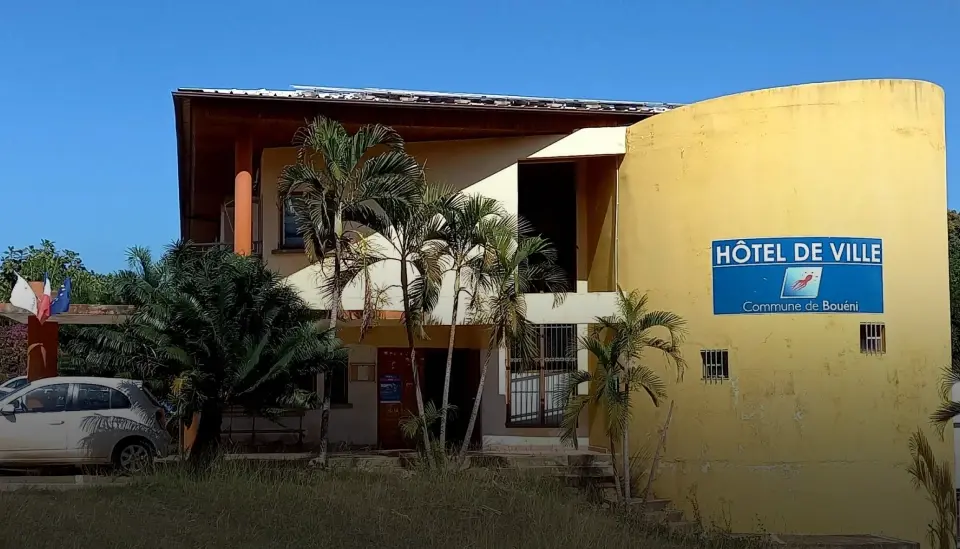Drop in temperatures and heavy rainfall in the south
This Monday, August 18, 2025, Reunion Island is experiencing unusually cool weather with the arrival of a new cold front.
Cold waves are common in the southern hemisphere winter, with around ten to fifteen occurrences each year, often bringing rain and humidity, essential elements in the face of persistent drought.
During the night of Sunday, August 17, to Monday, the southern half of the island received significant rainfall: 170 mm in the highlands of Sainte-Rose, 183 mm in La Crète in Saint-Joseph, and 70 mm in Tévelave in Les Avirons. Cloud cover caused temperatures to drop 2 to 3°C below seasonal averages.
According to Sébastien Langlade of the Météo France Réunion climatology service, cold fronts form from low-pressure systems moving from west to east, south of the island. These low-pressure systems arise from the contrast between warm tropical air and cold Antarctic air. As they move, they transport warm air southward and cold air northward. The cold front’s band of cloud and rain marks the boundary between these two air masses.
During the dry season, these fronts represent the main source of rainfall for certain regions in the south and southwest of Réunion. The drought committee is already observing tensions on water resources. The Marsouins River is at the alert threshold, while some groundwater tables, such as those in Saint-André and Le Port, are at the crisis threshold. Responsible consumption and the reduction of non-essential uses remain strongly recommended by the authorities.
Rainfall intensity varies depending on the fronts. Some waves bring significant precipitation, while others lose strength before reaching the island. Despite this variability, cold fronts remain essential for combating drought and ensuring water availability on the island. The southern winter continues to remind us, with its coolness and clouds, of the importance of these natural phenomena for the Region.






